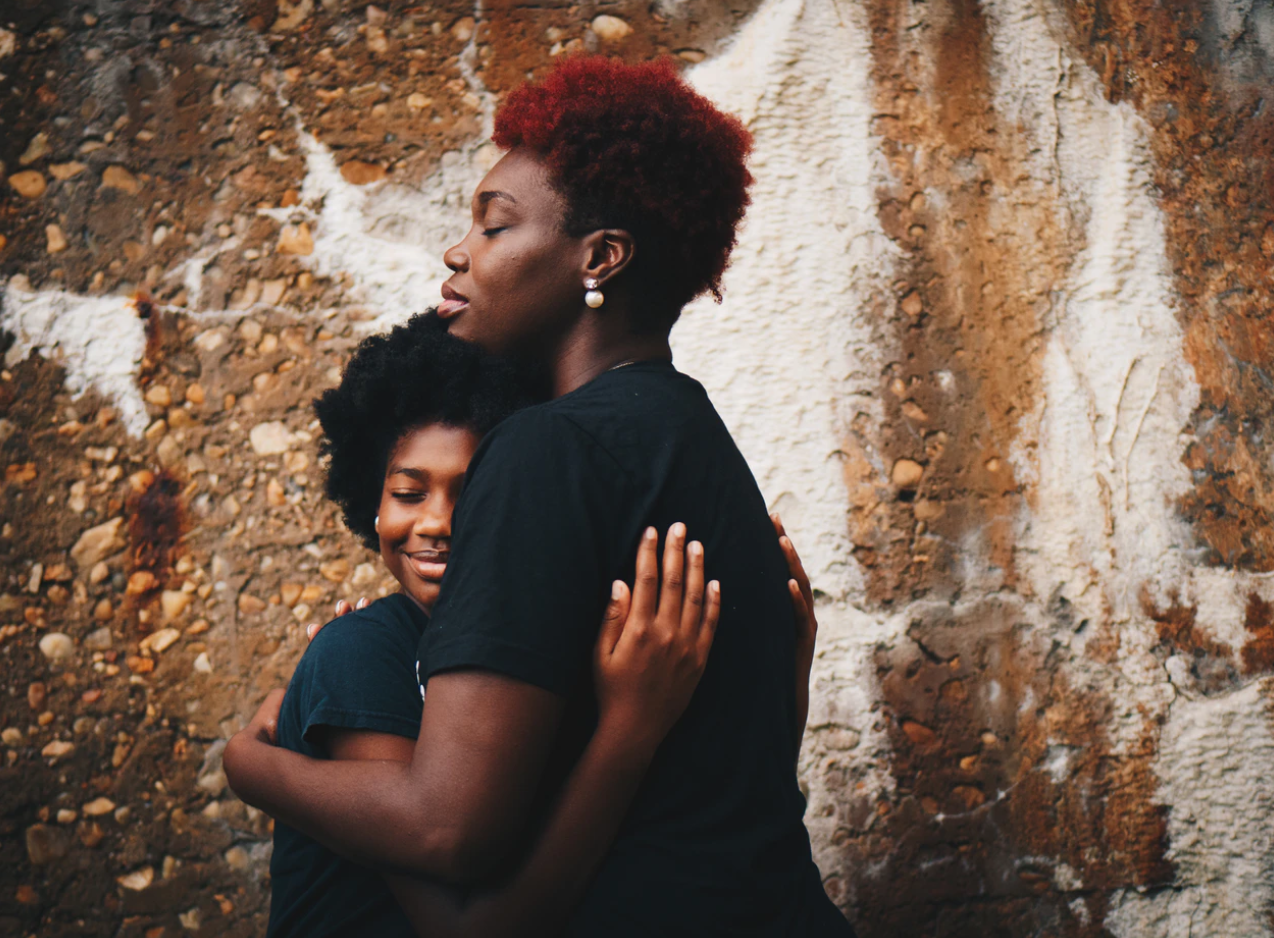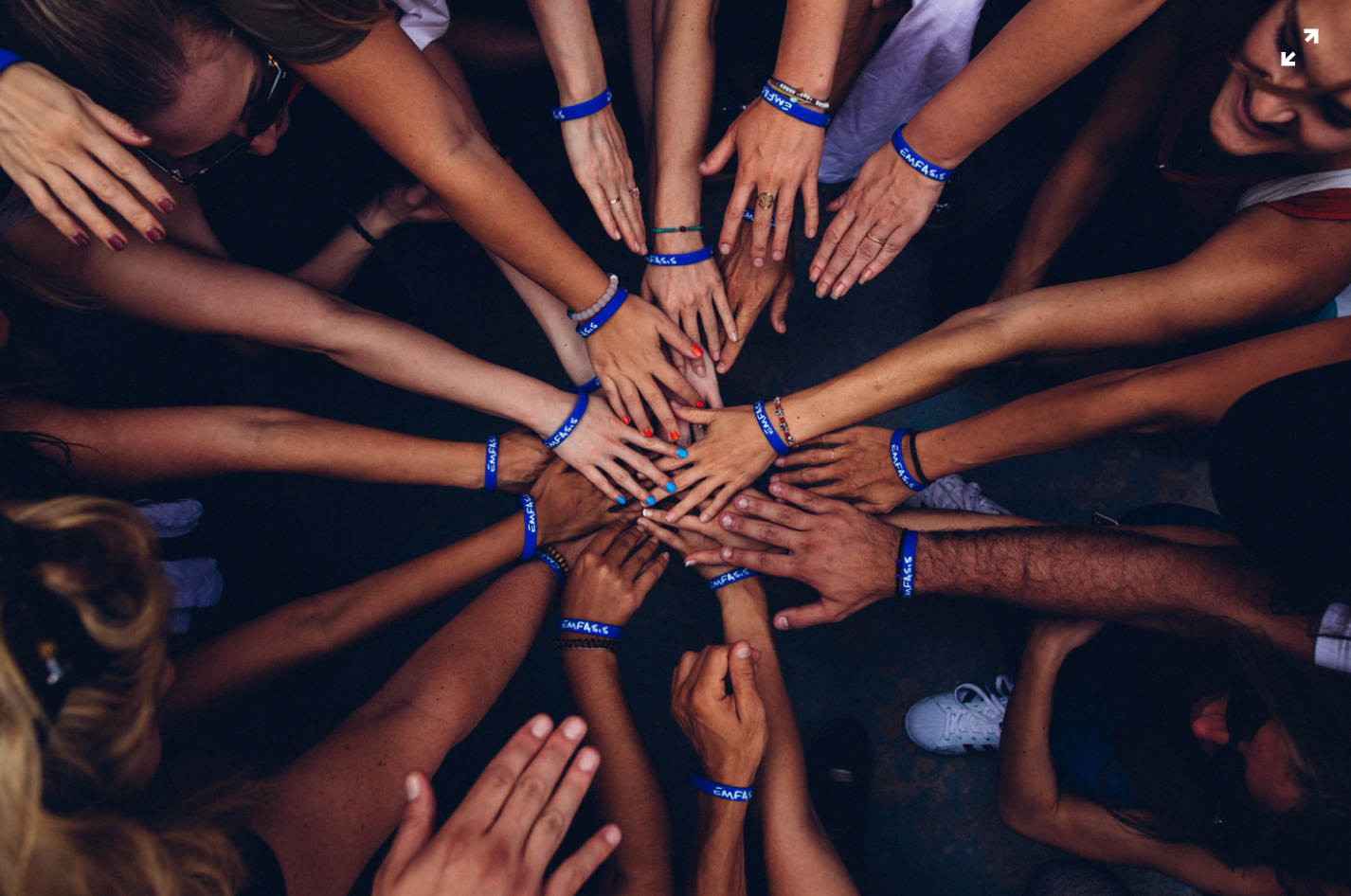
Recognizing Positive People Vs. Negative People
A peer group, whether they be friends, colleagues, romantic partners or simply acquaintances, can have an influence on our attitudes and actions. But the impact of peer groups on developing adolescents can be especially outsized. Our teens are susceptible to influence in this stage of life — positive and negative — as they spend so much time with others of their age group and are so prone to modeling behavior during this period. It is vitally important teen girls in particular are able to differentiate negative people from positive people in their day-to-day lives.
The importance of teenage friendships
Positive, nourishing relationships for teens bring many attributes: heightened confidence, a healthy sense of self, promotion of empathy and trust in others. Modeling behavior is a hallmark of growing up; to a great degree it is how all of us mature. So, when teens have positive models among their peer group, it vastly improves their chances of growing into healthy, well-adjusted adults.
The other side of this coin, of course, is that negative models among their peer group can have an equivalent negative impact. Self-destructive behaviors — especially deceiving as they say often can seem “cool” — as well as sullenness, apathy and even cruelty can too often be an element in teen friendships. For adults, if a friend exhibits these characteristics, it is always an option to drop this person from close proximity. It isn’t so easy for teens, locked in as they often are into their schools and classes for years at a time. And the threat of ostracism is very real if a teenager attempts to detach from a negative group of friends and classmates.
Social media’s ongoing role
Teens now live with the wild card many of us never grew up with: the pervasiveness of social media. There’s little sense of pretending like it doesn’t exist: social media is a fact in most of our lives now. And even for teens it has many positive characteristics: a broader base of people with whom to communicate; there are groups based around academics, hobbies and sports, where they can find and even foster friendships with others who share their interests.
But of course, the world online can also be a haven for bullies, trolling, or worse. It’s important to deal head-on with this complex issue, making sure our children are associating with positive people on the internet in the same way we want them to in regular life. Not all that can be left to chance. Parents shouldn’t be scared to monitor their child’s life online. In a world where plenty of adults make questionable decisions with their online identities, it should be understood that adolescents need plenty of guidance and oversight to navigate what can be tricky waters.
Parents: the first models
Children still learn more from parents than any other single group, more so than from friends, siblings, teachers and others. Who are we, as parents, associating with? If we want our child to dispense with negative attitudes in her life, we need to model that same behavior. If there are negative or destructive people in our circle of friendships or family, it is very important to keep them at arm’s length, and to show her how to do the same. Maybe this could be a good example of “detaching with love” for our daughters. At the same time, we can also exhibit the joy and fulfillment to be found in fellowship with happy, upbeat and productive people, how those rewards can truly last a lifetime.
Recognizing positive vs. negative people isn’t always an easy task, for adolescents or adults alike. But few things can make a bigger difference in quality of life and in making sure your child develops in an environment of serenity and safety



